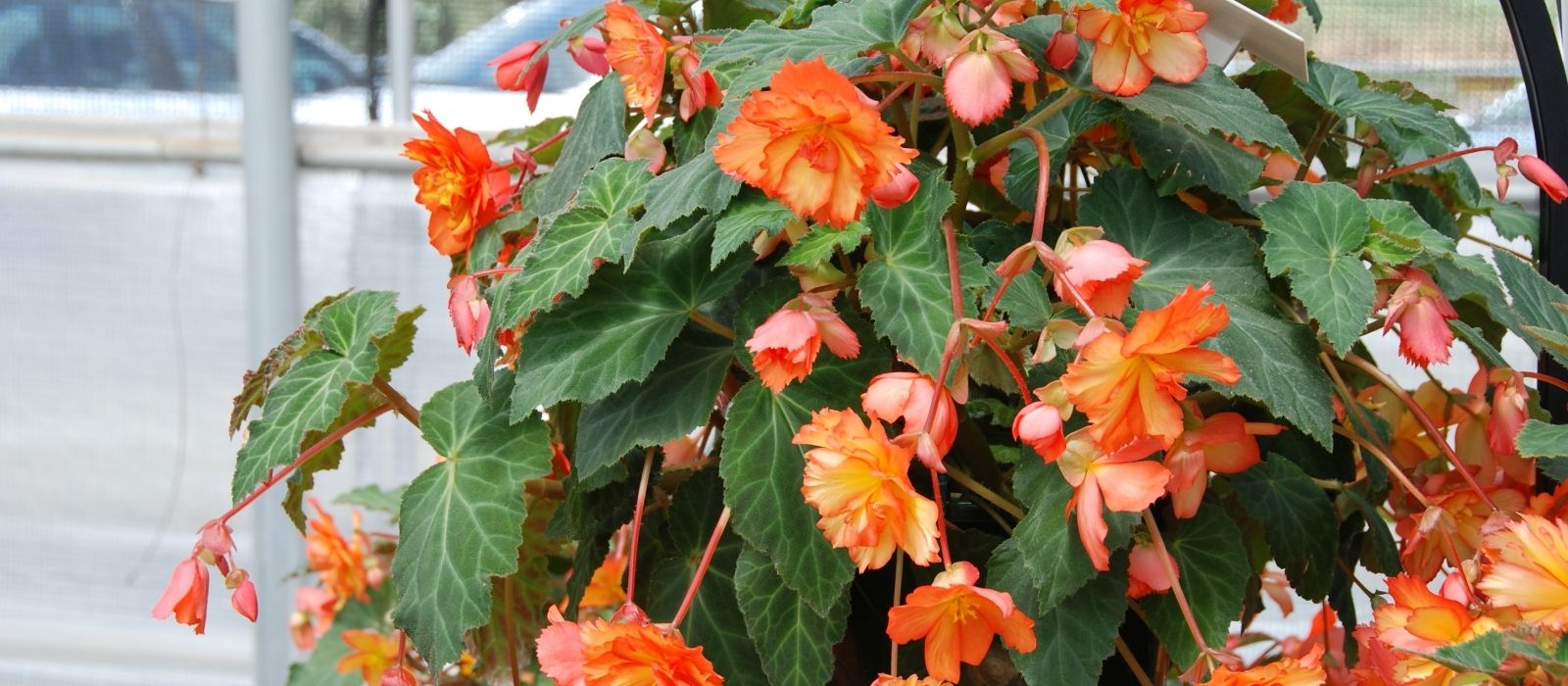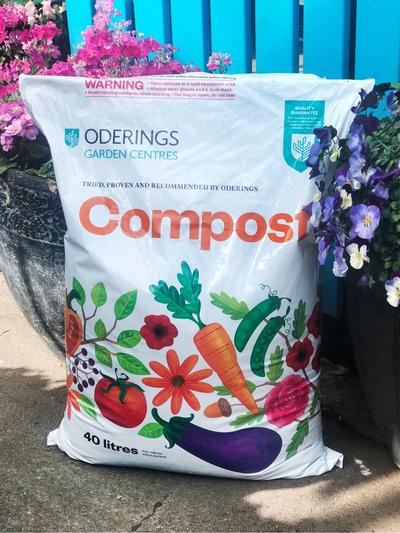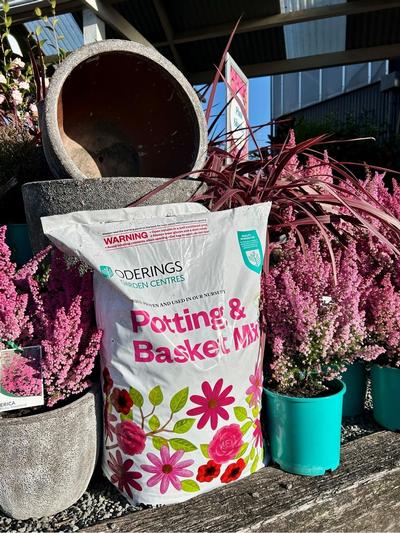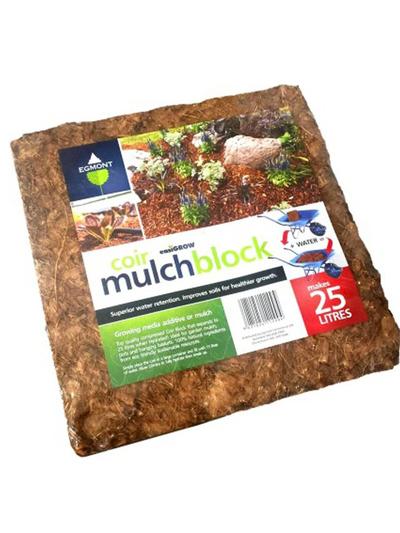
With their striking flowers and versatile growing habits, tuberous begonias are perfect for both pots and garden borders. These stunning plants thrive with minimal care and reward gardeners with an abundance of colour that will last all season long.
Position
Tuberous begonias grow best in a warm, semi-shaded position. Ensure that they are protected from strong winds but still benefit from air movement to prevent fungal diseases.
Prepare Soil
Garden: Well-draining soil is crucial for tuberous begonias. If planting in clay soils, ensure good drainage by adding organic matter such as compost.
Pots: Use a good-quality potting mix with added perlite or sand to improve drainage.
Watering & Mulching
While begonias like moisture, they do not tolerate waterlogged soil. Water carefully, ensuring the soil is moist but not soggy. Mulch around the plants to retain moisture and keep the roots cool, but avoid covering the tubers directly.
Feed
Feed your tuberous begonias regularly with a balanced, water-soluble fertiliser. Apply every 2-4 weeks during the growing season to encourage abundant flowers.
Pruning & Maintenance
Remove any dead or damaged flowers to encourage continuous blooming. After flowering, allow the plants to go dormant by stopping watering when the foliage begins to die back, typically in autumn.
Lifting Corms
Lifting the corms at the right time is key to the plant’s health. In April/May, stop watering to encourage dormancy. Carefully dig up the tubers and leave a ball of soil around them to dry. After 5-6 days of drying in the sun, store the tubers in a cool, dry place for the winter. Replant in September for another season of stunning blooms.
Garden Expert Tip
Tuberous begonias are ideal for hanging baskets or pots on decks and patios, as well as for planting in garden borders. Their versatility and showy flowers make them a true garden treasure that will keep you coming back for more.












